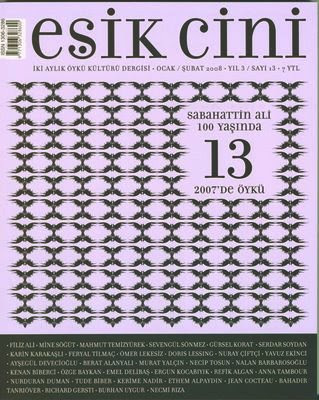
 "It looks like a nudibranch," he said. And though it's only a landlubber, it does have that outrageously foudroyant* appeal.
"It looks like a nudibranch," he said. And though it's only a landlubber, it does have that outrageously foudroyant* appeal.So should sea slugs be called (in our vulgar common parlance) sea caterpillars?
Or, because
1) sea slugs cavorted way before caterpillars (let alone slugs) were even a glimmer in the big He's eye; and
2) since the sea is more what Earth is than land—
should caterpillars be called land (or false, or more modernly: aspirational) nudibranchs?
Whatever it's called, this

living caterpillar was found on this leaf

and is, I think, closely related to the powerful cup moth desiccating caterpillar featured earlier this month.
Here's a closeup of the afflicted leaf.
 which leads irresistibly to Patti Baugh's "Sea's Candies", and the rest of this site: nudibranch.com.au with splendid photos by Gary Cobb and David Mullins. Wander in the gallery. Stop by the beautiful and informative book, Undersea Jewels: A Colour Guide to the Nudibranch by Gary Cobb and Richard Willan.
which leads irresistibly to Patti Baugh's "Sea's Candies", and the rest of this site: nudibranch.com.au with splendid photos by Gary Cobb and David Mullins. Wander in the gallery. Stop by the beautiful and informative book, Undersea Jewels: A Colour Guide to the Nudibranch by Gary Cobb and Richard Willan.Gary is described as a "nudibranch fanatic". But as anyone who's ever read my Virtuous Medlar Circle features knows because they've been launched on an adventure by the invited confession of the great Hans Bertsch: Why I like Nudibranchs — it's impossible to be a fanatic about nudibranchs. To know them is to be besotted. Their colours, shapes, their moves can lead sensible scientists to intemperate language—and if they knew, who knows what passions possible in the hearts of lepidoptera?

































